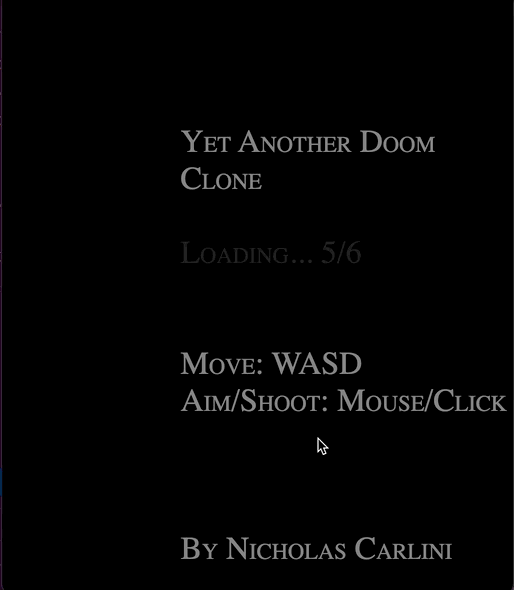You Can Now Play DOOM Directly On Bitcoin
Ordinals’ Bitcoin NFTs are evolving, advancing from pixelated memes and pet rocks to a playable DOOM clone in a matter of days

Shutterstock.com/Lauren Elisabeth, modified by Blockworks
It happened. Bitcoin runs DOOM.
To the delight of crypto Twitter and Reddit circles, someone has uploaded a cloned version of the 30-year-old video game classic DOOM to the Bitcoin blockchain as an inscription on the network’s own NFT protocol, Ordinals.
Thanks to a happenstance loophole enabled by Bitcoin’s Taproot upgrade pushed in Nov. 2021, a budget (read: free) version of DOOM has been permanently etched on a single satoshi via block 774526, which was added to the blockchain on Wednesday morning.
Being written to Bitcoin means the functional game will forever live on the immutable blockchain. As long as the network is online, folks can play this version of DOOM.
Web browsers are still required to compile the code, but forcing unconventional technologies to run DOOM is a meme in tech culture. Crafty hackers have made DOOM run via pregnancy tests, calculators, ATMs, smart watches, toasters and Pelotons — even “unhackable” crypto wallets, among other zany conduits.
While the clone is fun in its own blocky-and-basic way, an actual copy of the real DOOM looks destined to make it to the Bitcoin blockchain sometime soon (a Reddit thread from Feb. 2018 suggests DOOM was once playable on Ethereum, however the linked YouTube video is now unavailable).
 DOOM on Bitcoin via a single satoshi
DOOM on Bitcoin via a single satoshi
Meanwhile, Ordinals continues to pepper conversation amongst Bitcoiners as the community parses what bringing NFTs to the oldest blockchain really means for the future of network and the NFT ecosystem writ large.
The protocol notably just enabled the biggest-ever Bitcoin block to be mined. A high-definition “Taproot wizard” was inscribed to a satoshi this week, clocking a 3.96MB transaction — close to Bitcoin’s 4MB block size limit (originally 1MB but stretchable via SegWit).
As for the DOOM Ordinal, it was only 31.2 KB big.
Remember: It’s not the size that matters. The ability to run DOOM is far more important.
Updated Feb. 3, 2022 at 3:42 am ET: Added context.
Get the news in your inbox. Explore Blockworks newsletters:
- The Breakdown: Decoding crypto and the markets. Daily.
- 0xResearch: Alpha in your inbox. Think like an analyst.






